One of the most enduring symbols of the Wild West is the American cowboy, a job that grew in the period after the Civil War.
Prior to 1865 there was little demand for beef in the United States, but with the expansion of the meat packing industry, the completion of the transcontinental railway, and the urbanization of the population due to the Industrial Revolution, the demand for beef increased significantly. Cattle prices rose, and it became profitable for cattle to be herded long distances to market. Thus arose the need for cowboys to maintain the herds at home and on cattle drives. One of the best places to learn about this history is at the National Cowboy & Western Heritage Museum in Oklahoma City.
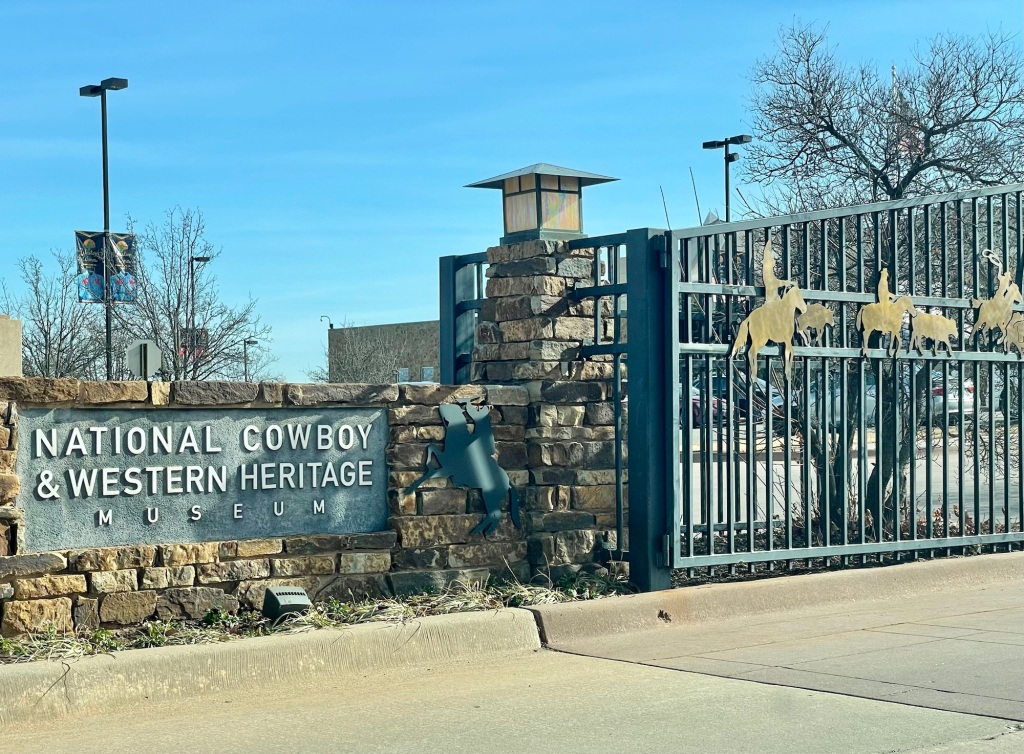
The museum displays a wide range of Western artifacts, most directly relating to cowboys both historic and modern. From a gallery of art filled with depictions of the classic American cowboy:
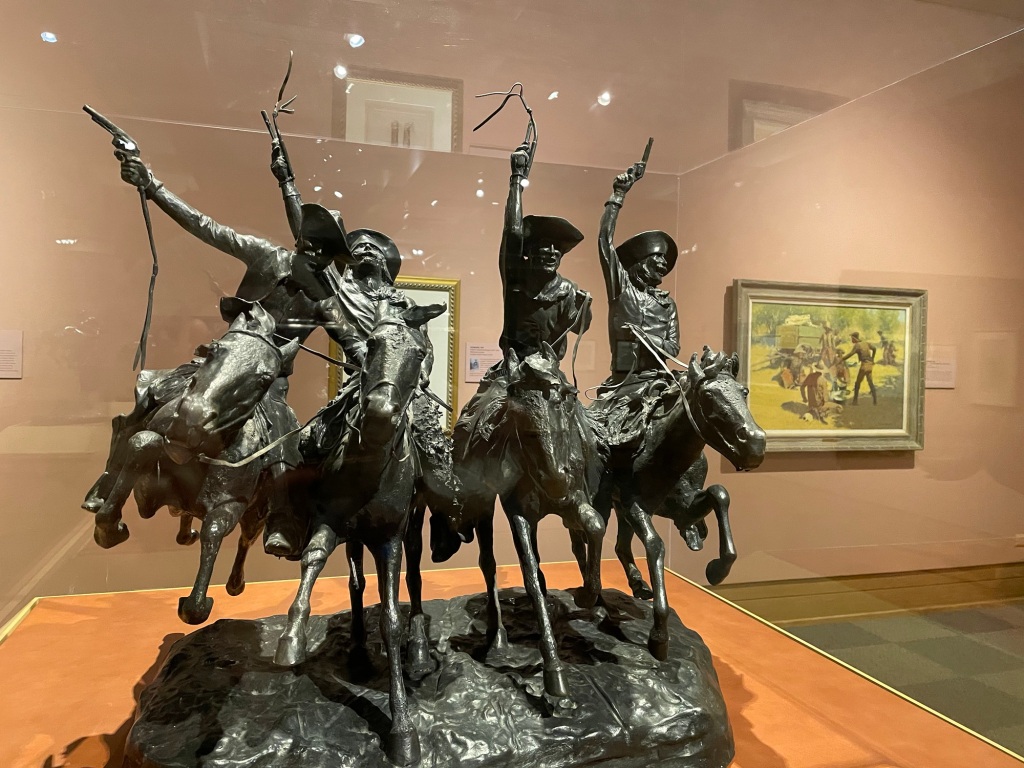
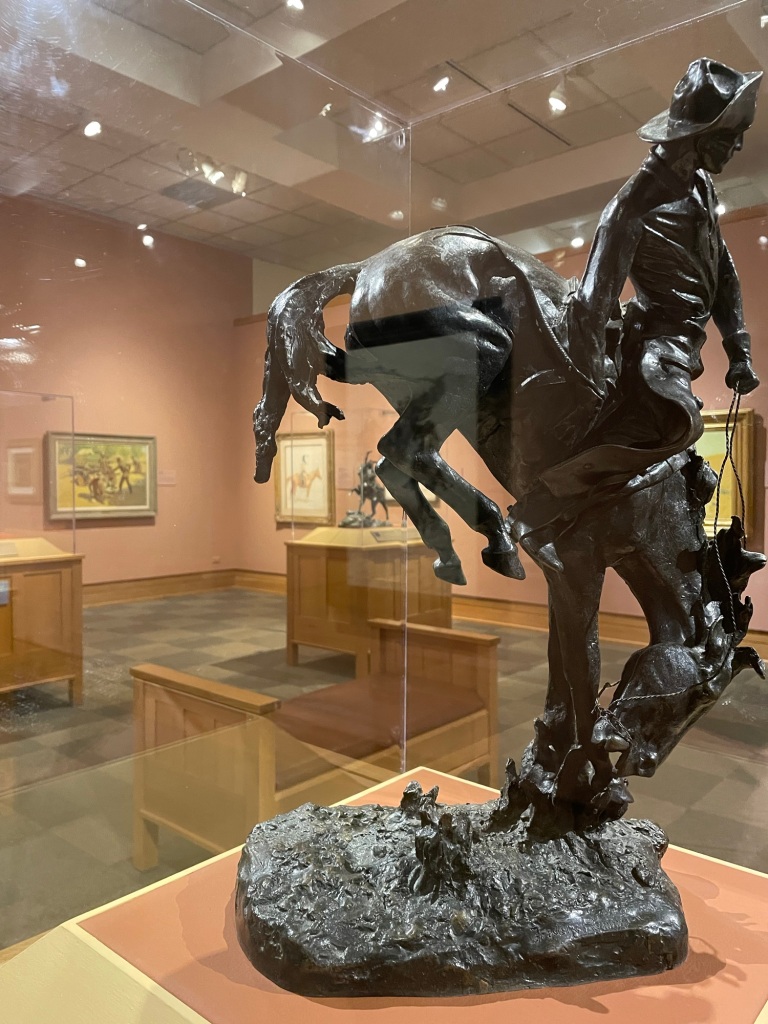
to cowboy gear:
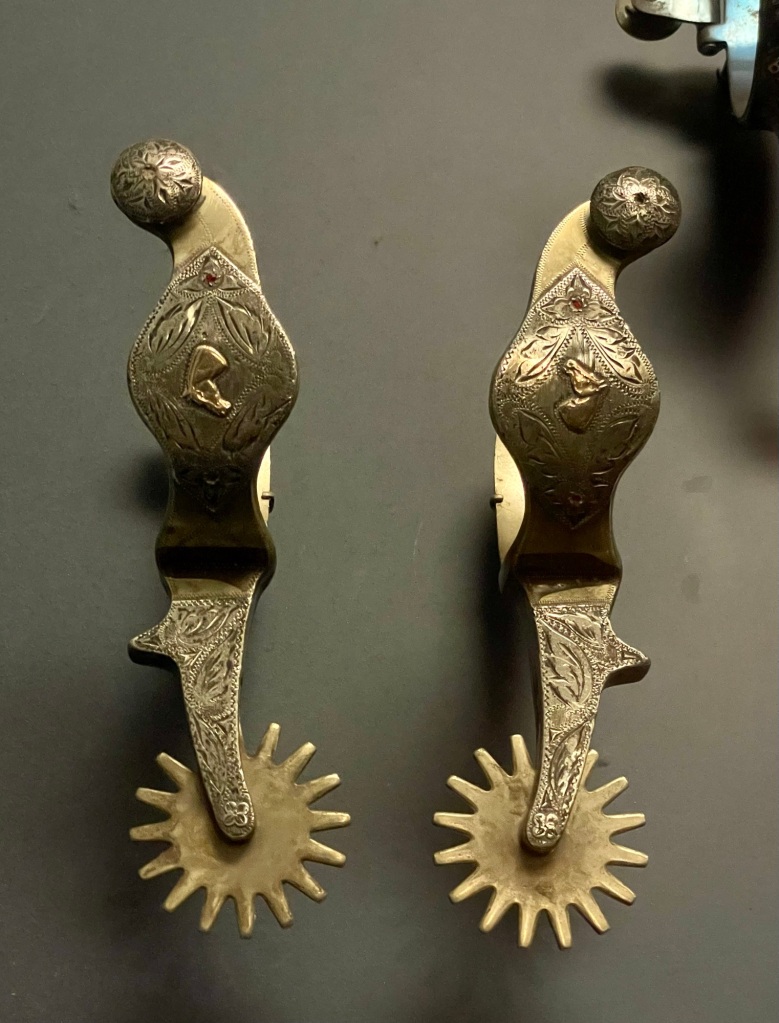
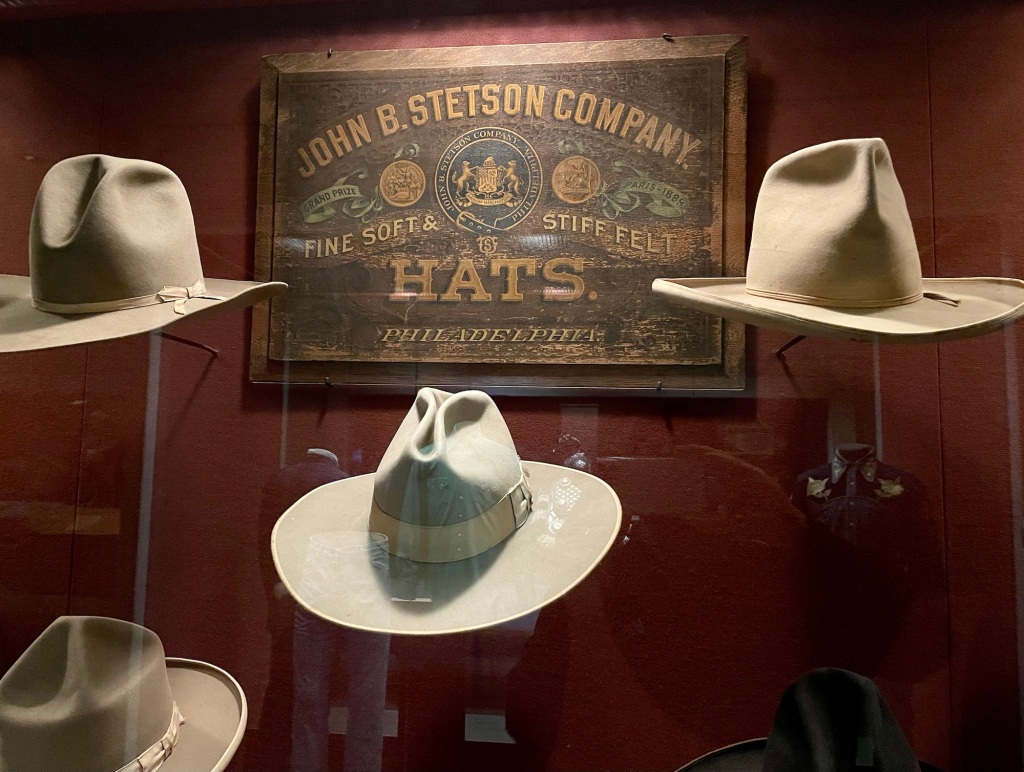
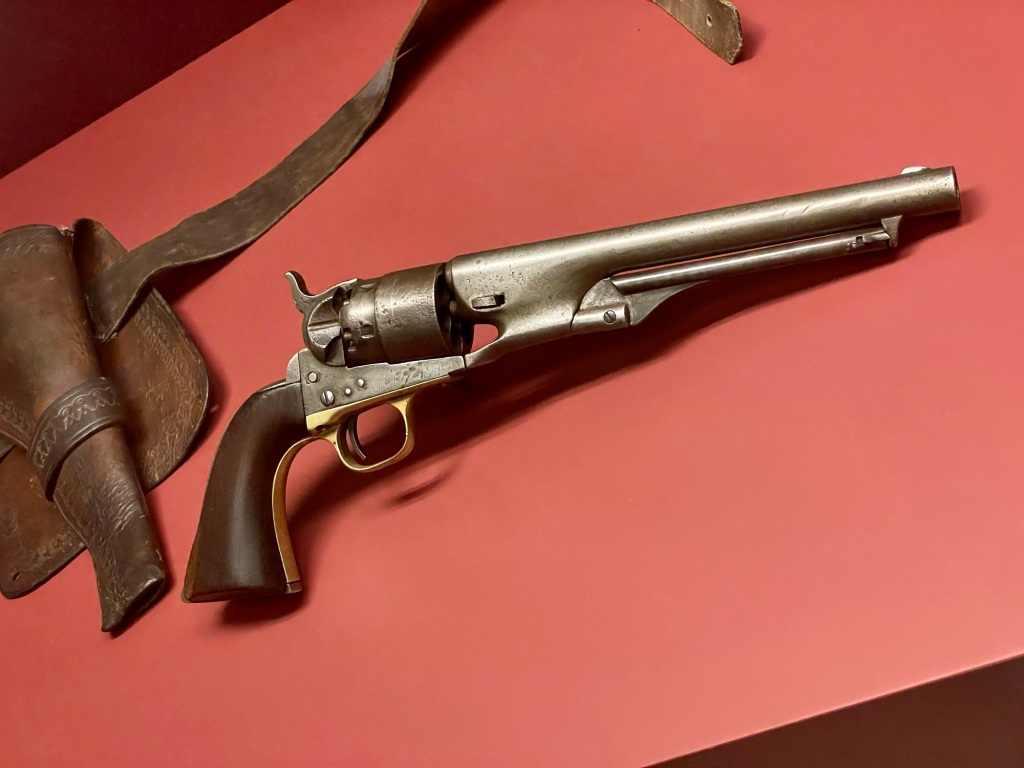
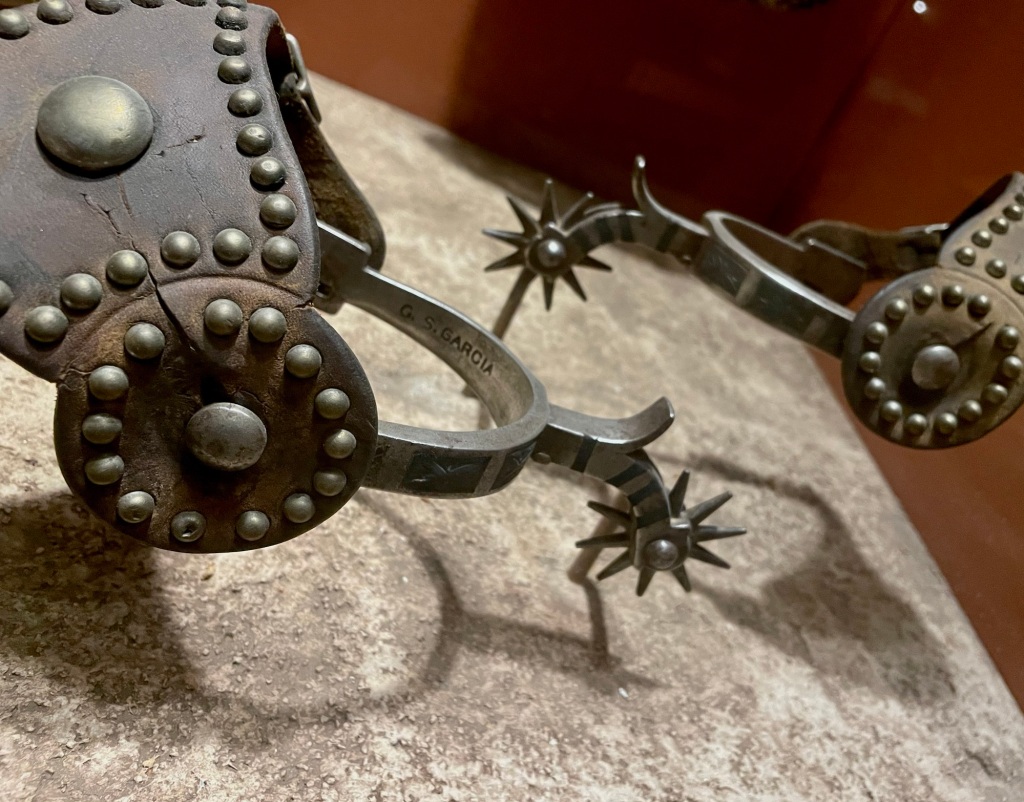
to my favorite – a whole room devoted to the history and impact of barbed wire – where pull out drawers contain hundreds of examples.
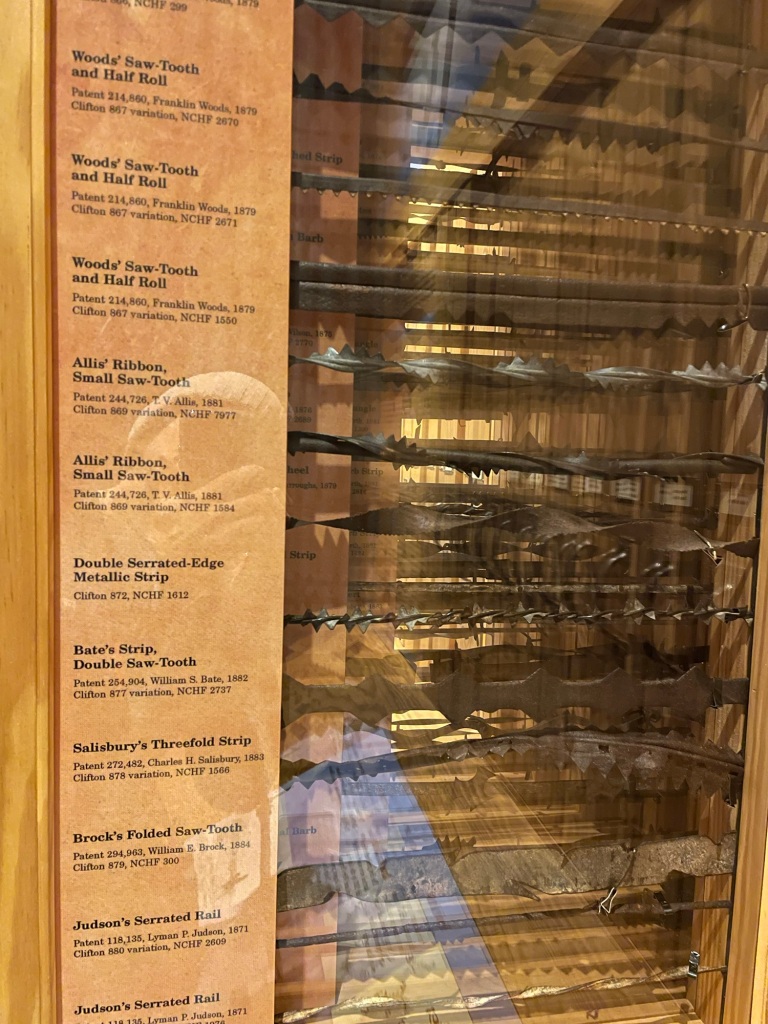
The museum is equally appealing to children, with an outdoor hands-on activity space and an indoor town filled with recreations of period buildings.

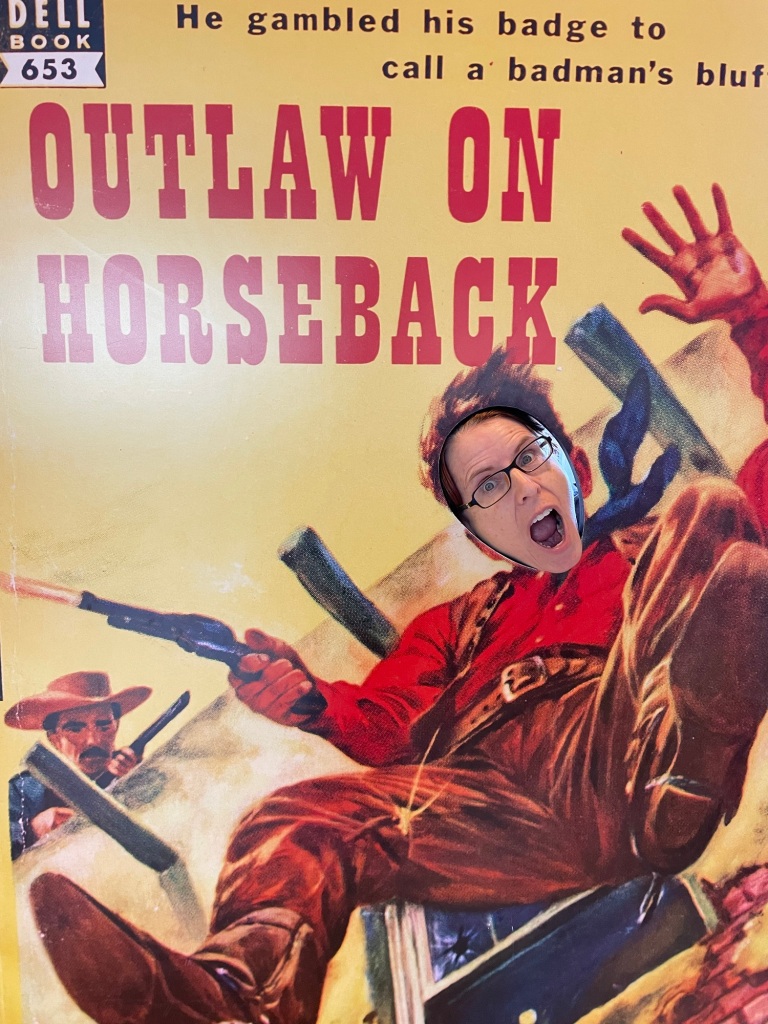
There are galleries devoted to rodeo and cinema cowboys:
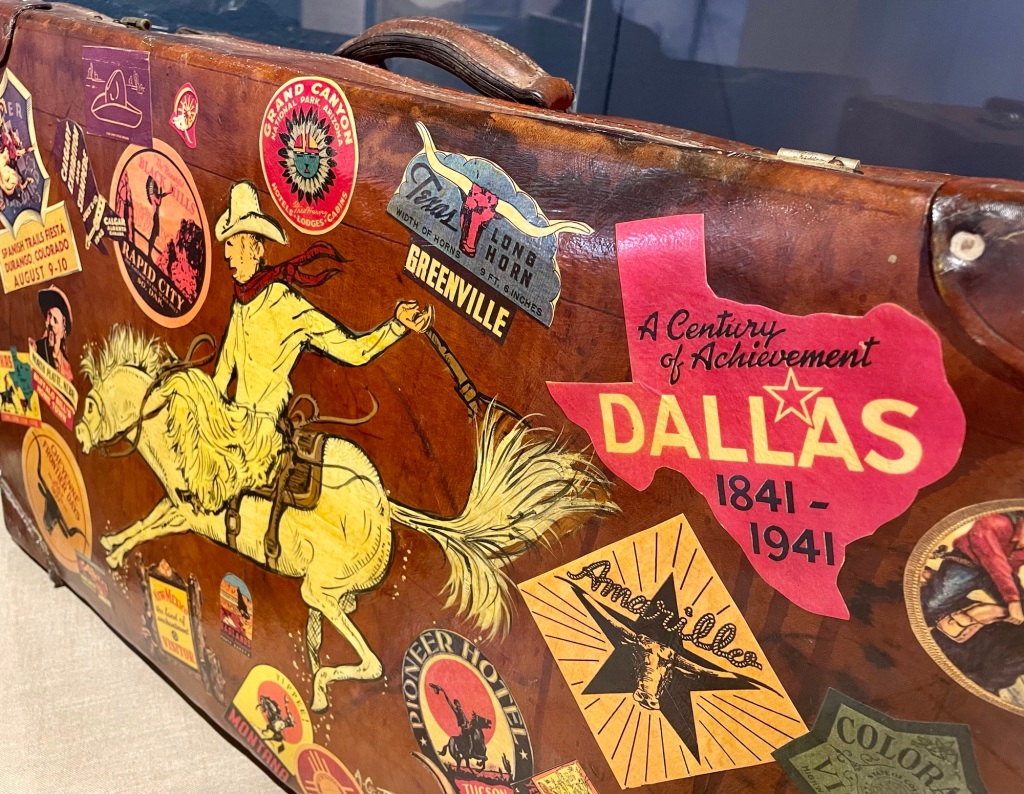
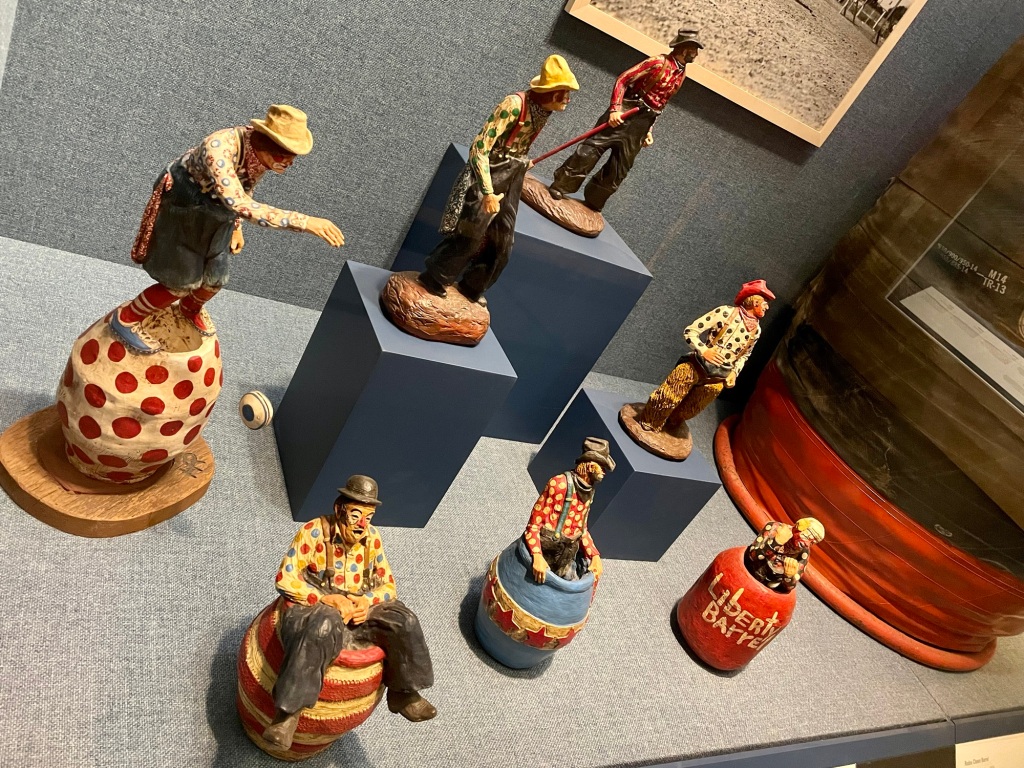
and several spaces devoted to Native American culture.
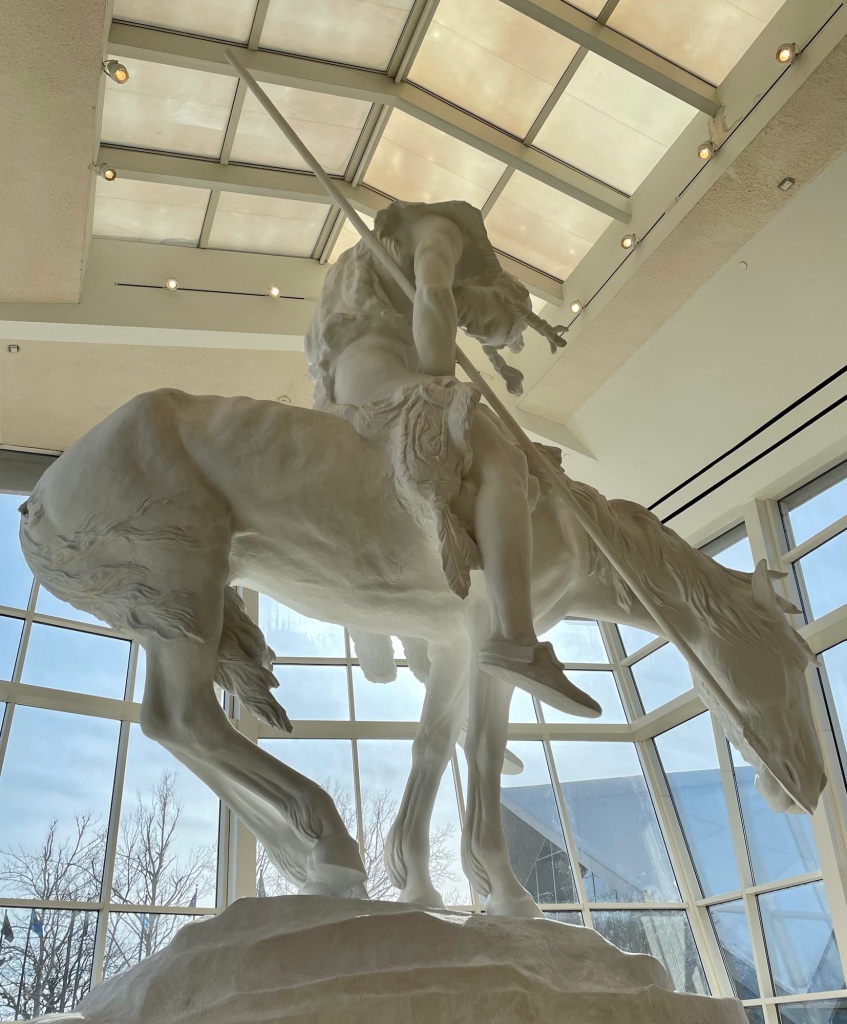
While in town, make sure to check out the culinary treat known as “chicken-fried steak,” made with a breaded and deep-fried slice of this now ubiquitous beef. A variation on wiener schnitzel thought to have come from the 19th century German immigrants of Texas, it is now part of the state meal of Oklahoma. For dessert, try a fried (hand) pie. It’s another yummy Oklahoma treat related to cowboy culture – a pie (supposedly) created to be easily consumed and warming to cowboys heading out on the range.
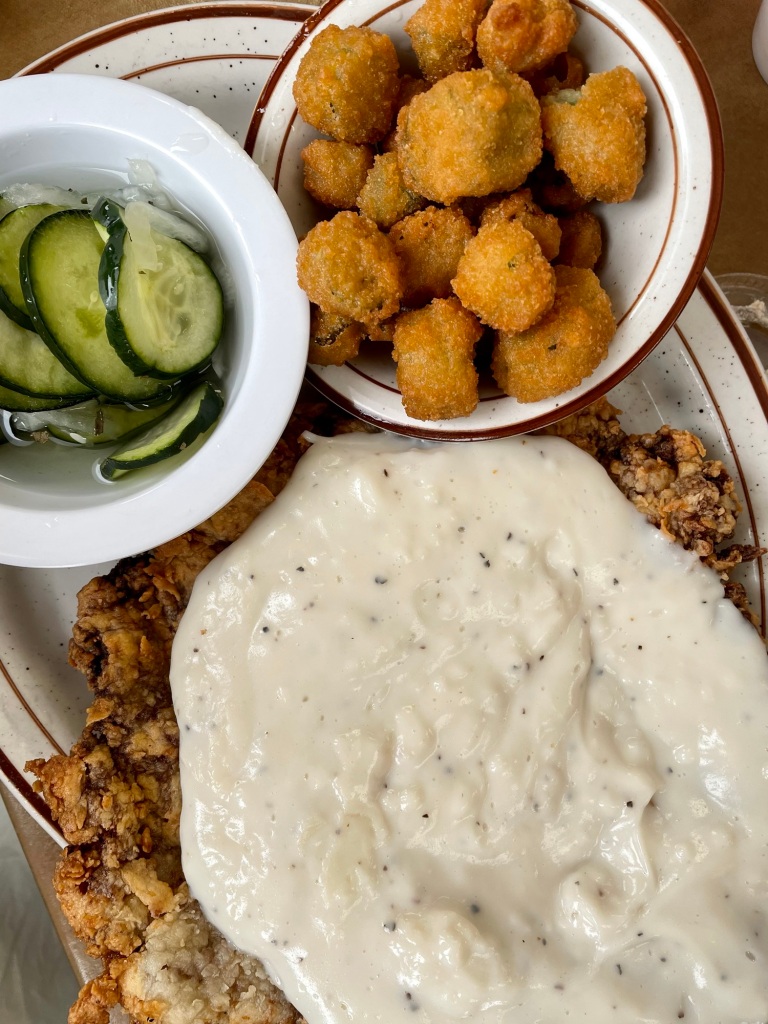

One of the long-distance cattle drive routes was the Chisholm Trail, established to move cattle from the ranch lands of Texas through Oklahoma Indian Territory to the railheads in Kansas, a route that took about 2 months. The adventurous can try to find their own remnants. Supposedly, there are still ruts left behind from the cattle drives that can be found in Duncan (south) and Enid (north). In Duncan you can get more information about the trail at the Chisholm Trail Heritage Center. We missed this adventure on our recent visit, but will definitely be back next time.
The most iconic of these cattle is the Texas Longhorn, with its distinctive horns that can grow over 8 feet. Derived from Spanish cattle brought to the Americas after Columbus’s “discovery,” they were left to survive in a semi-feral state, resulting in lean, hardy cattle that have been bred with the less hardy European types. If driving south from Oklahoma City, the best (though very touristy) place to see them up close is during the Fort Worth Stockyard’s daily cattle drives. If you want to skip the worst of the crowds, visit before or after to see the cattle in the stock pen.
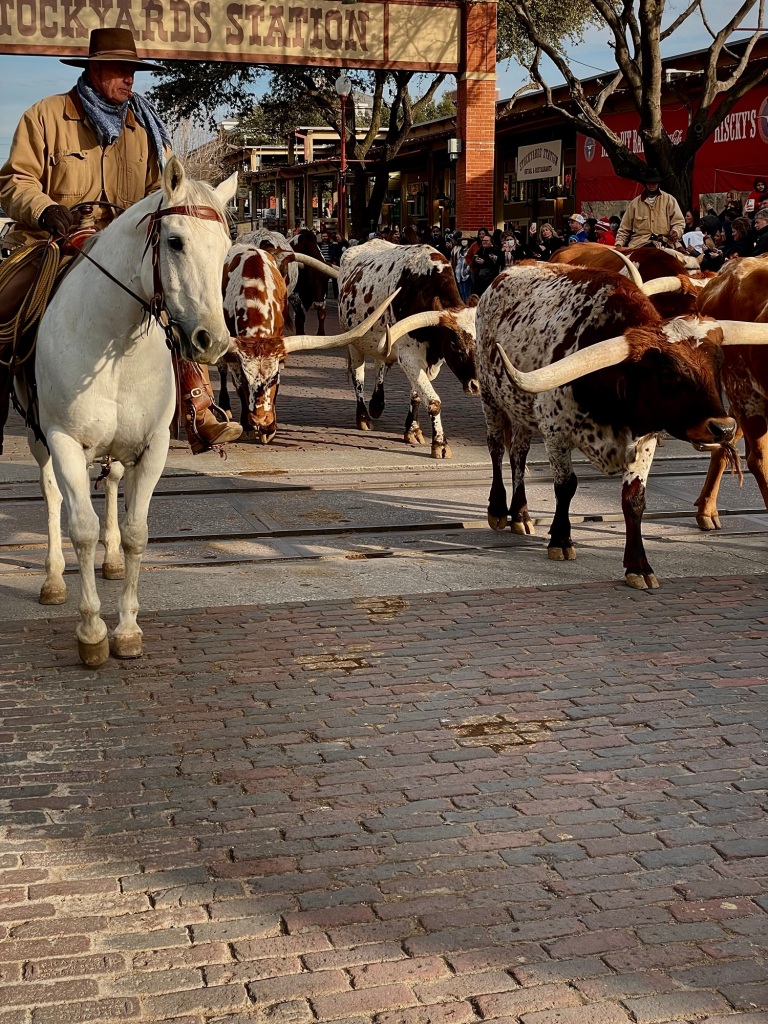
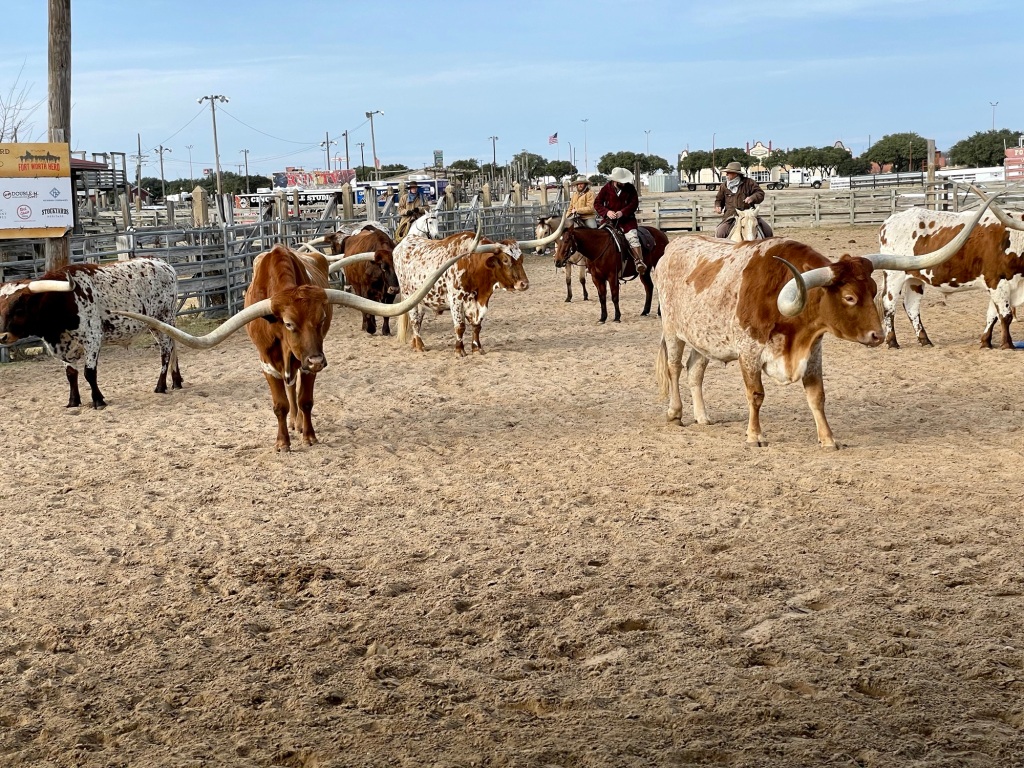
Although totally unrelated to cowboys or cattle, as a northerner I was excited to encounter an Oklahoma armadillo in the wild!
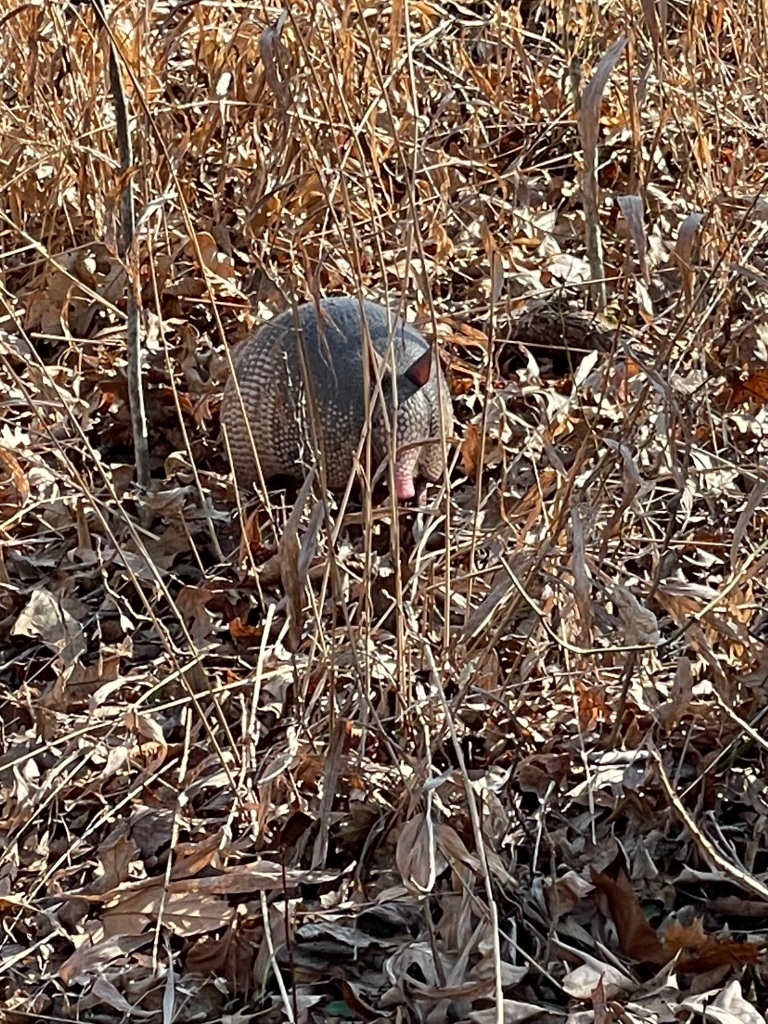
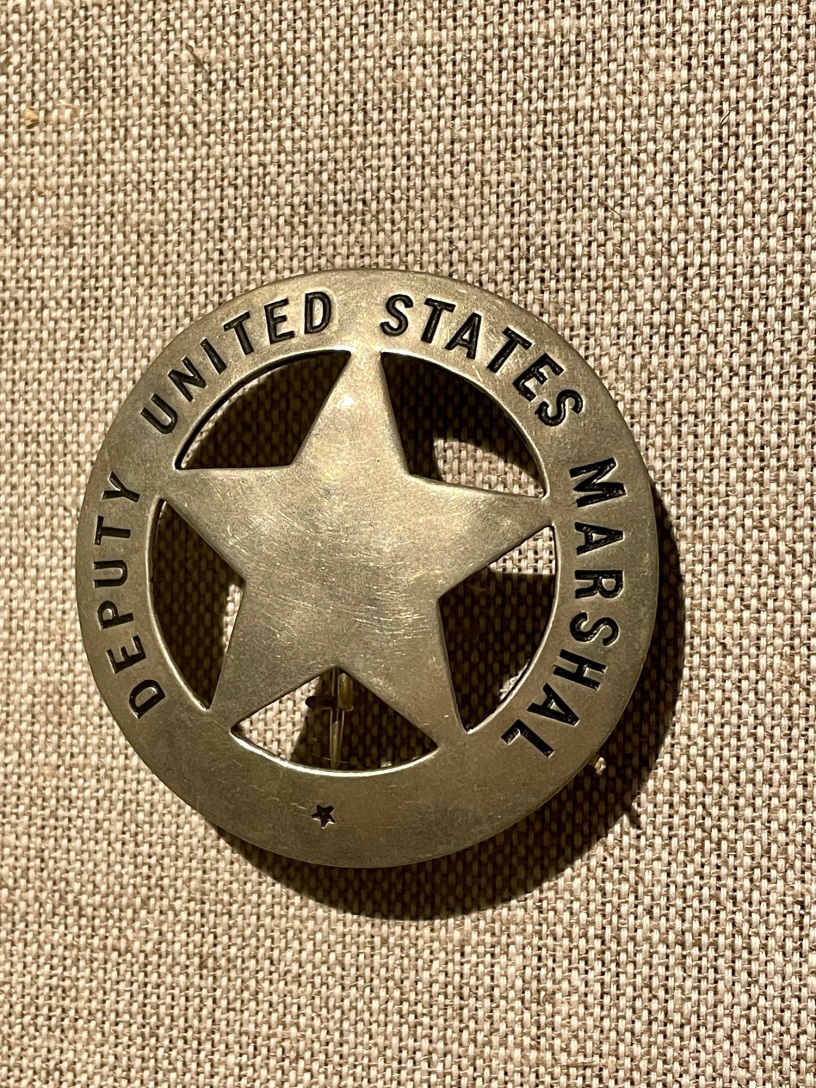
Wow, when next in Oklahoma I will definitely visit there! Sounds like you are having fun on your field trip.
LikeLiked by 1 person
It was a great museum. Very unexpected!
LikeLike